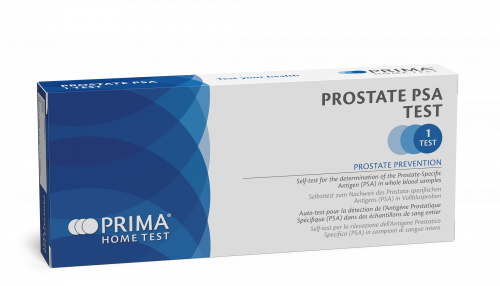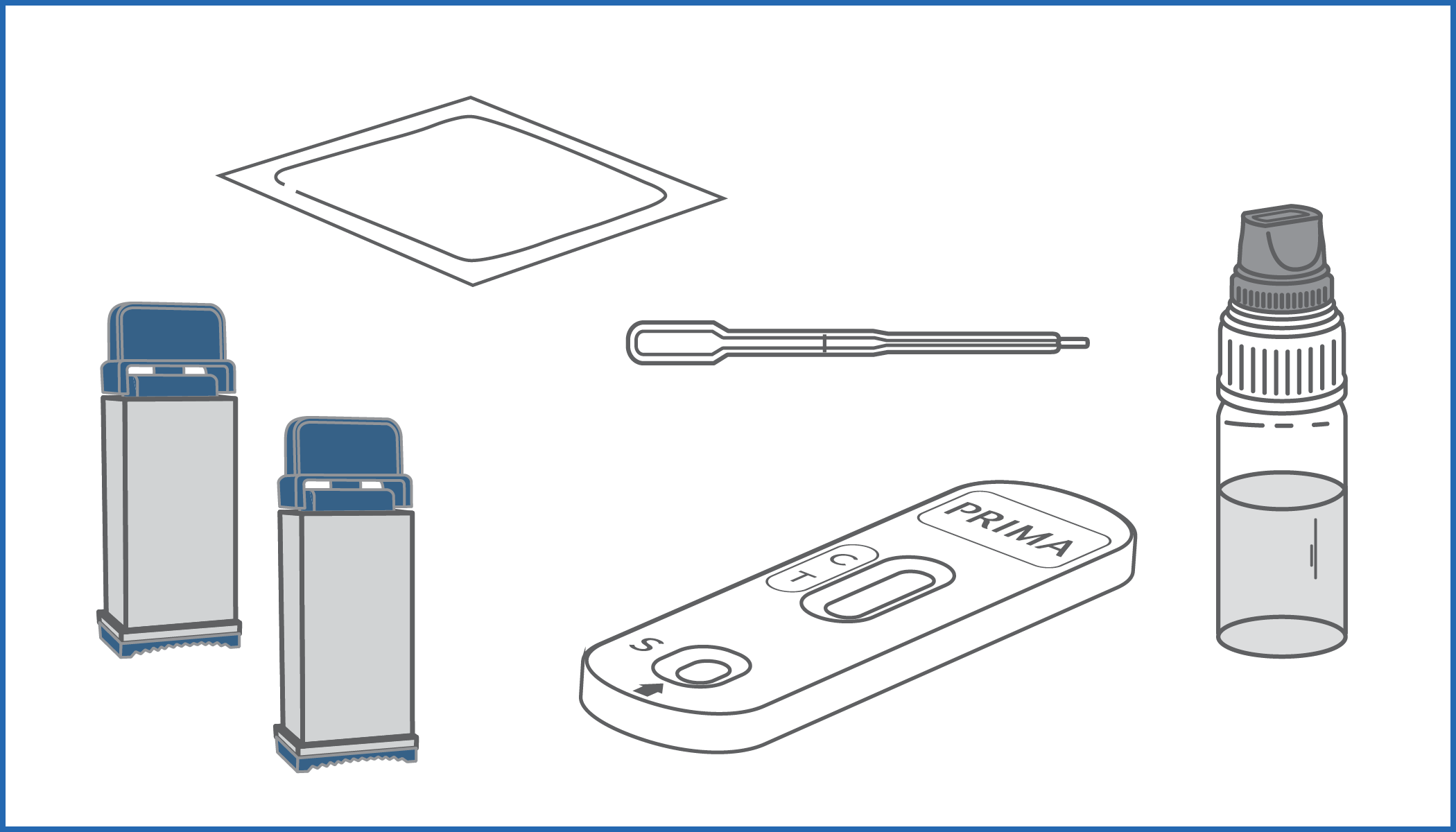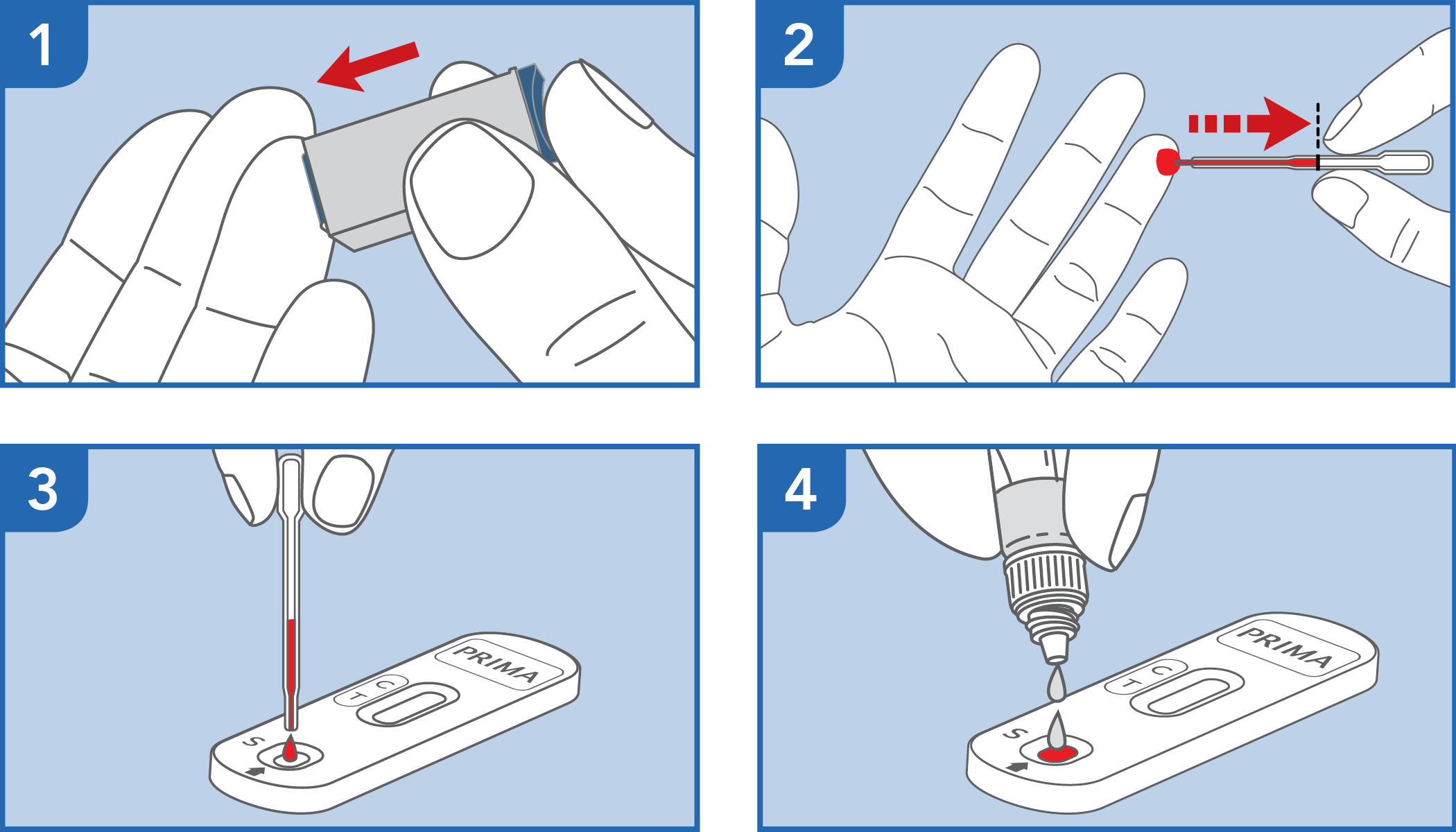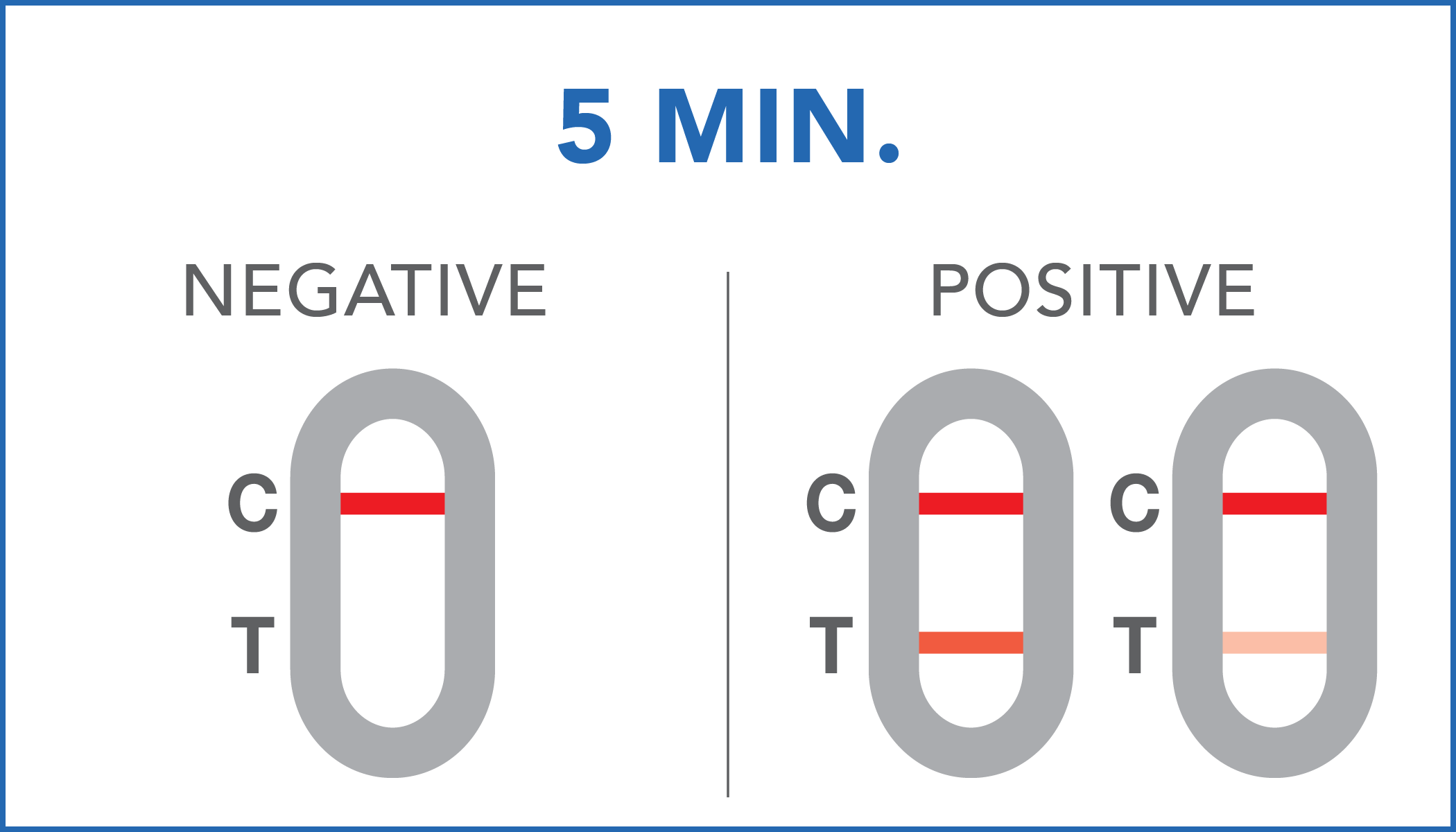



Self-test for the determination of the Prostate-Specific Antigen (PSA) in whole blood samples


Prostate Specific Antigen (PSA) is a protein produced by the cells of the epithelium of the prostate gland with the task of thinning the ejaculate, allowing better sperm motility.
read moreThis protein also plays a role in the dissolution of cervical mucus, facilitating the entry of sperm into the uterus. Normally, PSA is present in men’s blood with a healthy prostate in small quantities. In the presence of prostate diseases (such as prostatitis, benign prostatic hyperplasia and cancer) PSA levels in blood increase. PSA levels undergo a physiological increase with advancing age or after prostate surgery and as a consequence of specific diagnostic tests.
PROSTATE PSA TEST is indicated for men with urinary symptoms or as a periodic screening over 45 years of age.
read moreAmong the most common symptoms related to a possible prostatic pathology there are: difficulty in urination, pain and increased frequency. Periodically checking the PSA level in the blood is useful for verifying the health of the prostate: in the event of possible prostate cancer, early diagnosis and proper prevention can save lives.
PROSTATE PSA TEST is an immunochromatographic device that detects PSA values above the cut-off of 4 ng/mL.
| Specificity | 87.13% |
| Sensitivity | 97.22% |
| Accuracy | 92.34% |



| Negative | the PSA value obtained is within the norm. |
| Positive | the PSA value found is higher than the normal threshold, it is necessary to consult a specialist. |
1. Catalona W.J., Southwick P.C., Slawin K.M., Partin A.W., Brawer M.K., Flanigan R.C., Patel A., Richie J.P., Walsh P.C., Scardino P.T., Lange P.H., Gasior G.H., Loveland K.G., Bray K.R.: Comparison of percent free PSA, PSA density, and age-specific PSA cutoffs for prostate cancer detection and staging.
Urology. 2000 Aug 1;56(2):255-60.
2. Fritsche H.A., Babaian R.J.: Analytical performance goals for measuring prostate specific antigen. Clin Chem. 1993 Jul;39(7):1525-29.
3. Michael J. Barry, M.D: Prostate-Specific–Antigen Testing for Early Diagnosis of Prostate Cancer. The New England Journal of Medicine, 2001; 344:1373-1377.
The test has been carried out correctly when the instructions for use are followed. It includes the reading time and the interpretation of the results shown at the "RESULTS INTERPRETATION" section of the instructions for use.
A colored line will appear at the control region (C) on the test device, showing that the test performed correctly. The absence of the colored line suggests to repeat the test with a new device and a new sample.
The color and intensity of the lines do not affect the interpretation of the result. The test has to be considered positive regardless of the color intensity of the test line (T).
Check product availability with the local representative in your country
